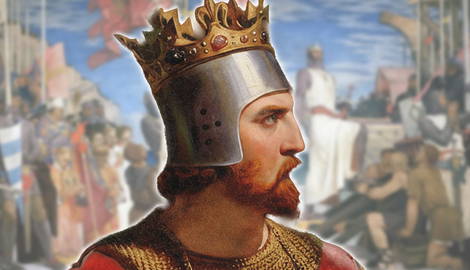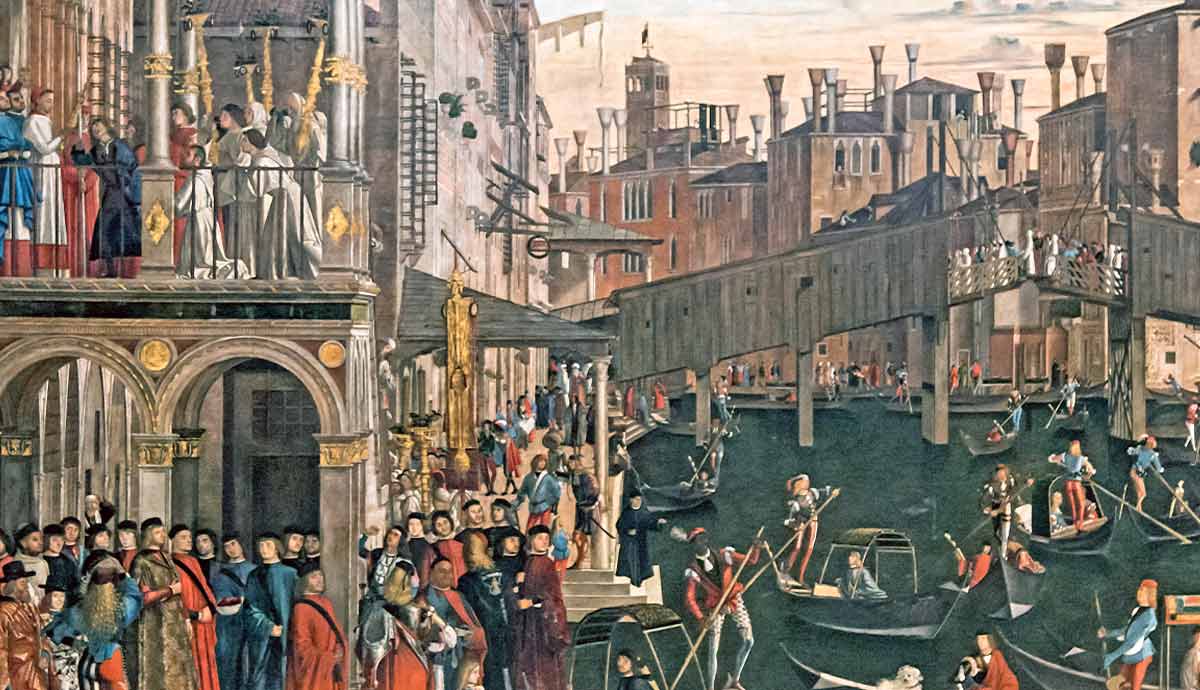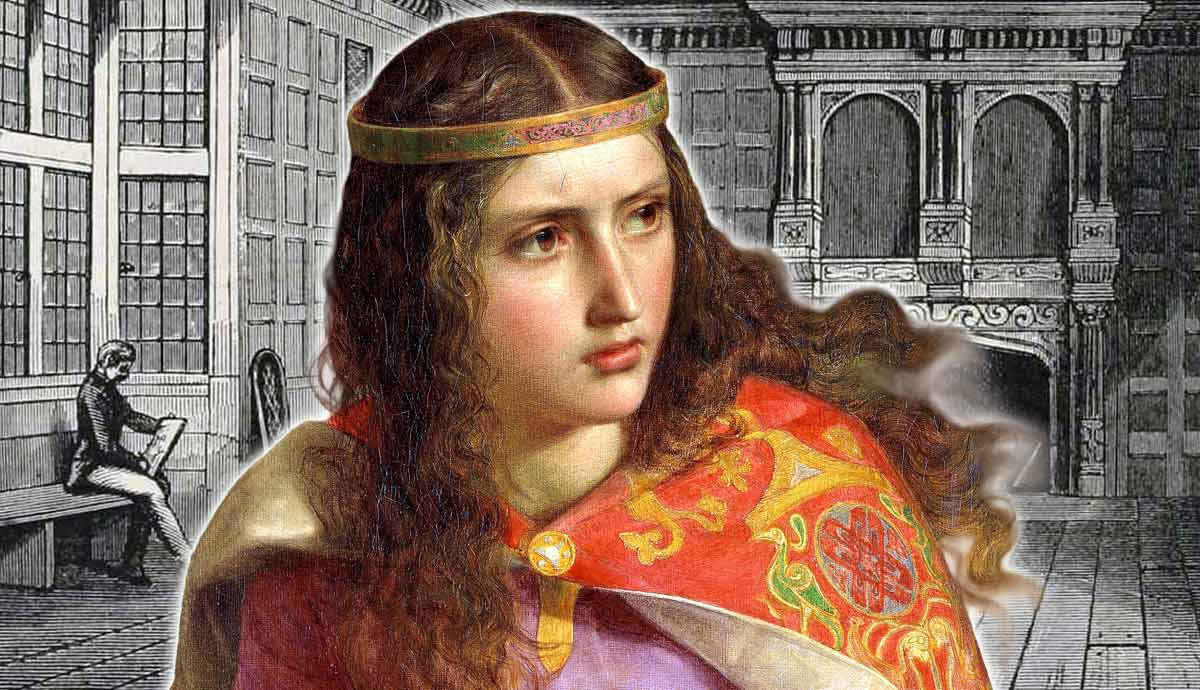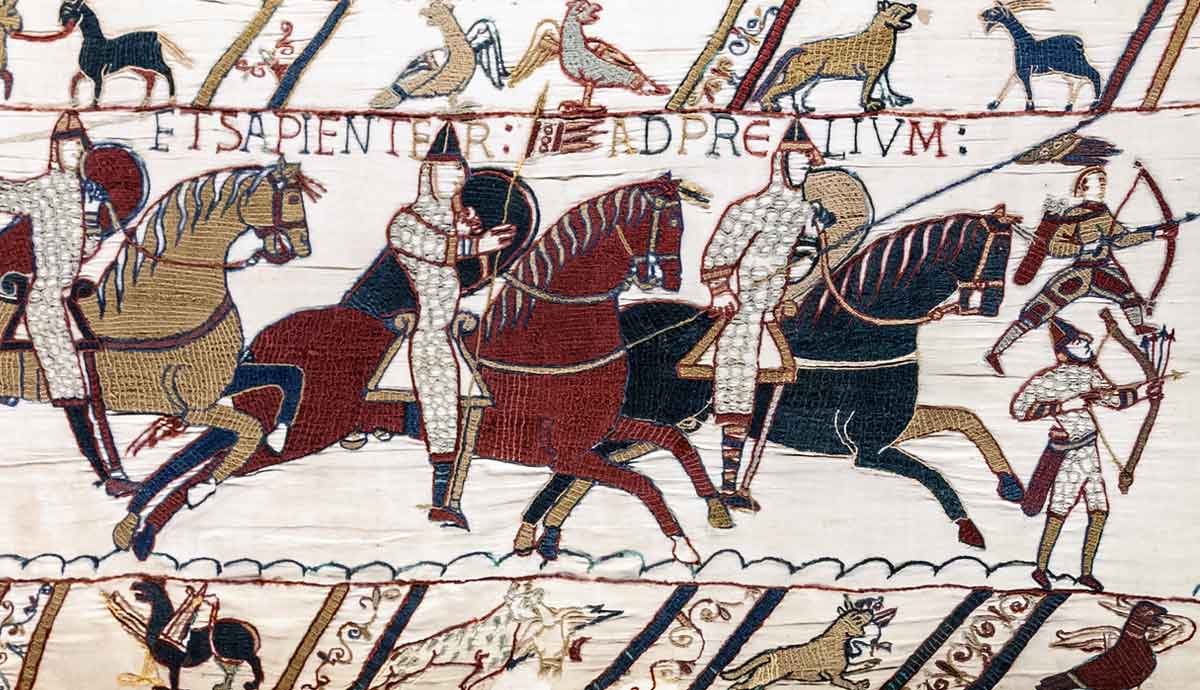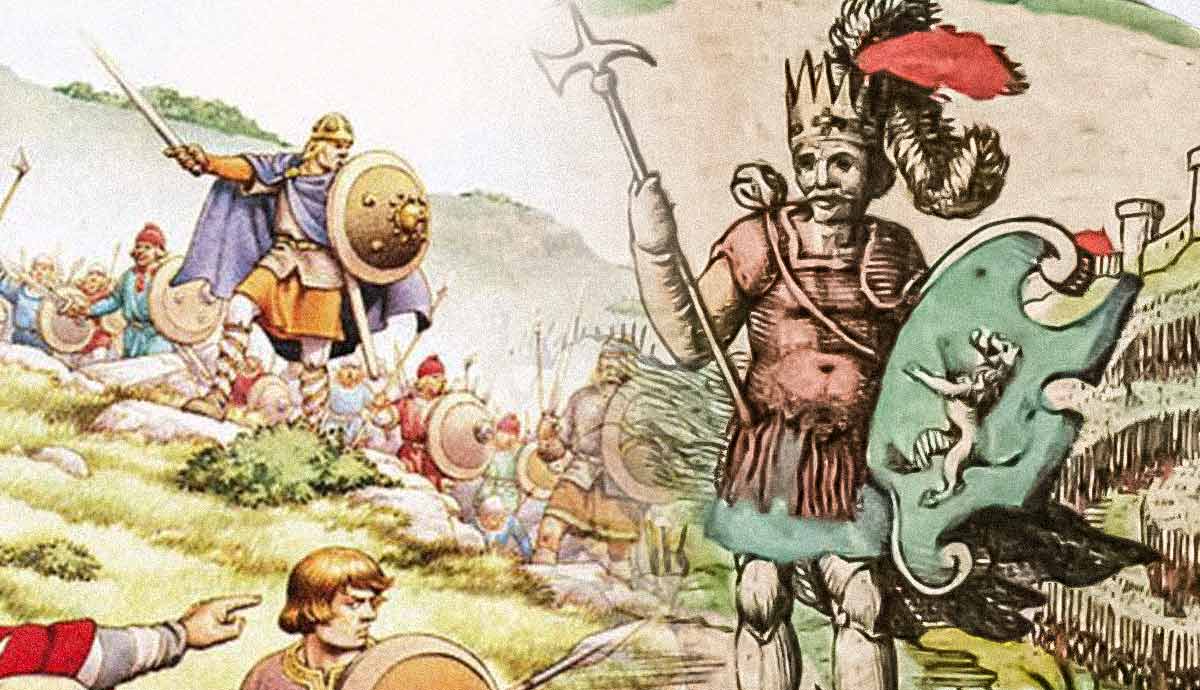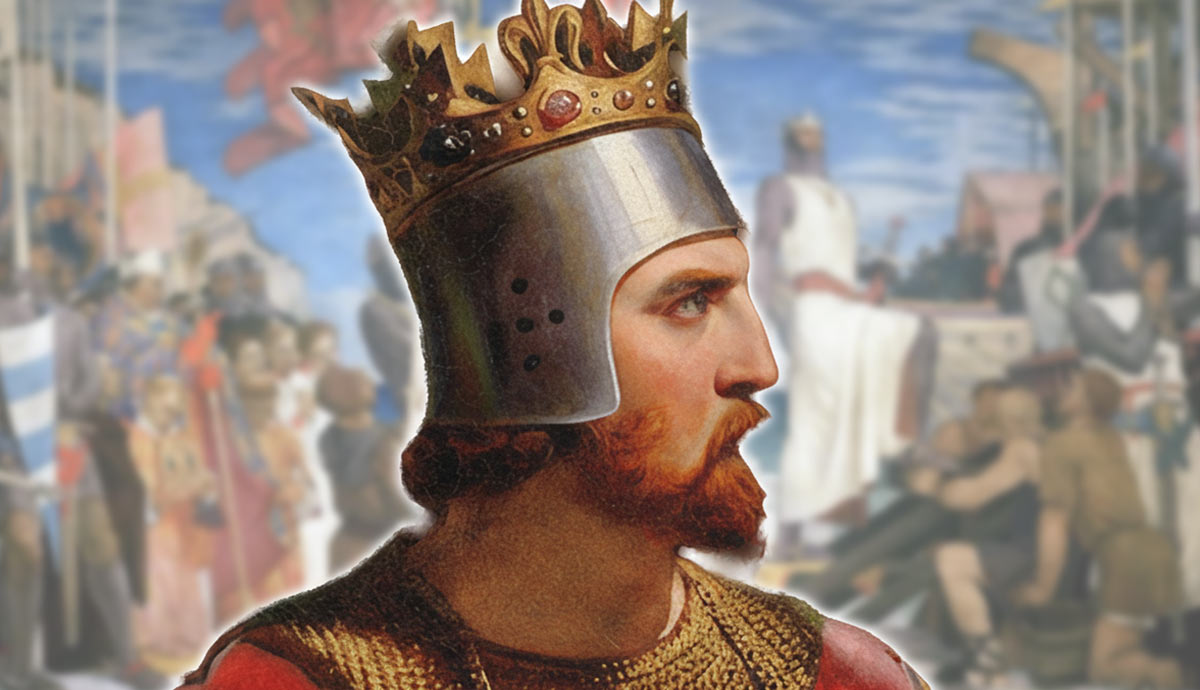
Richard I of England, also known as “Richard the Lionheart,” became one of the most famous royals to go on the crusades. His leadership in the Third Crusade against Saladin shaped not only the course of medieval warfare but shaped his image of royal piety and heroism that continues even today.
The Crusades in Summary

The crusades were a series of wars that were centered primarily on religion, specifically the differences between European Christians and Muslims. They took place between the 11th and 13th centuries. At their heart lay the tension between the expansion of Muslim territories. The subsequent spread of Islam was worrisome to the church. In order to retake the area and “conquer pagan areas” they created what would become a series of wars in order to reclaim or secure what they viewed as sacred land, particularly Jerusalem. What was seen as a simple expedition turned into hundreds of years of warfare.

The First Crusade was called by Pope Urban II, in order to take control of Jerusalem in 1095. The city had religious historical importance to the church. The Pope’s speech at Clermont was both spiritual and political, an appeal to unity in often warring kingdoms under a shared Christian cause. It was believed that participation in these wars meant the forgiveness of sins and eternal reward.
By the time Richard the Lionheart joined the cause, the crusades had evolved from spontaneous holy wars into highly organized campaigns that involved massive wealth and armies of kings. The wars shaped European religious identities and deepened divisions between Christianity and Islam.
Richard the Lionheart Before the Crusades
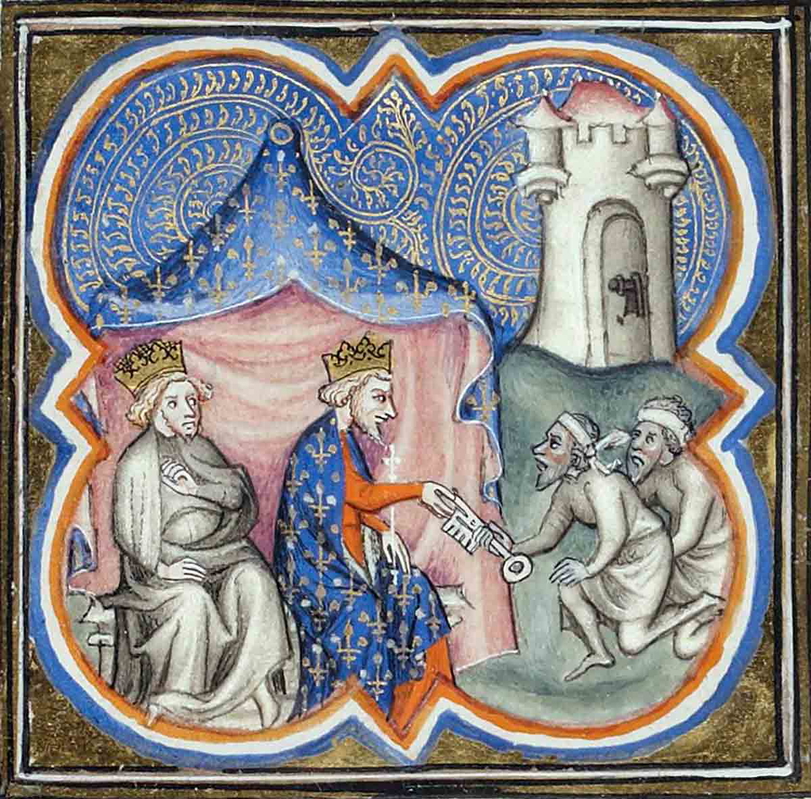
Before he would become a traditional crusading king, Richard I was already a soldier created in a court full of intrigue and rebellion. He was exposed to warfare and military tactics and had experience in leadership that he would later carry with him to the Third Crusade.
Richard I was born in 1157 into the Angevin Empire, the son of King Henry II and Eleanor of Aquitaine. He was the third son. Much of his formative life was spent with his mother in Aquitaine. By his late teens, he was already a strong commander, leading campaigns and suppressing revolts. After his father died, he was crowned king. During his ten-year reign as the King of England, he only spent about half a year in total in England. His reputation, however, was made by his actions as a crusader.
Richard I and the Third Crusade
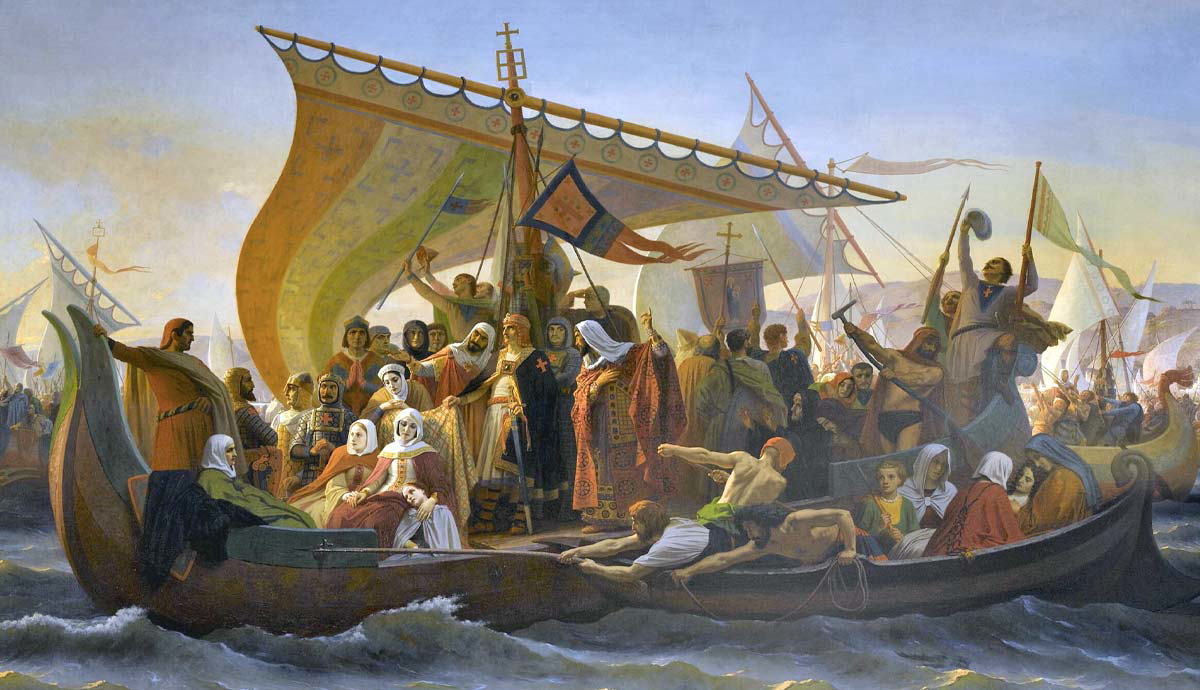
Theatrics and religious differences played a large part in rallying support for the crusades. When Jerusalem fell to Saladin in 1187, Europe felt it as a collective blow. When the papacy called for a new crusade, Richard saw an opportunity to prove himself as king. Chroniclers described how he prepared by gathering fleets, raising taxes, and having oaths sworn throughout his lands. Unlike his father, who focused on diplomacy, Richard was determined to go to war in the East. Richard’s reasons for joining the crusade were both religious and practical. By taking the cross, he showed his faith and also took on a leadership role that could help bring together his divided lands.
How Richard’s Leadership Transformed the Third Crusade
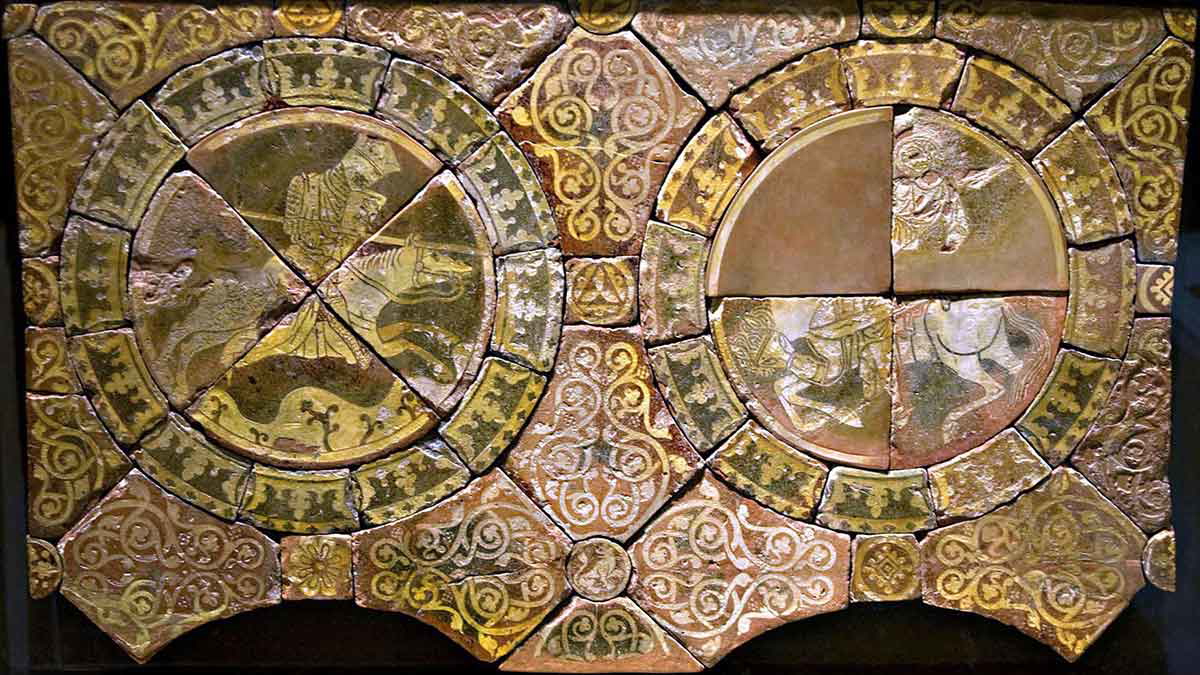
Richard I’s work in the Third Crusade was important for minor victories. He not only knew what it took to rule, but he had a knack for tactics and the charisma to rally troops. One of his first major victories when he went there was the capture of Acre in 1191. At the time Saladin had controlled much of the Kingdom of Jerusalem, which also included the city of Acre. He won the fortress city after heavy losses by the crusaders, including the Battle of Hattin. When it was won back by Richard I and the other Crusaders it became a headquarters of military and diplomacy.
Richard’s Use of Diplomacy
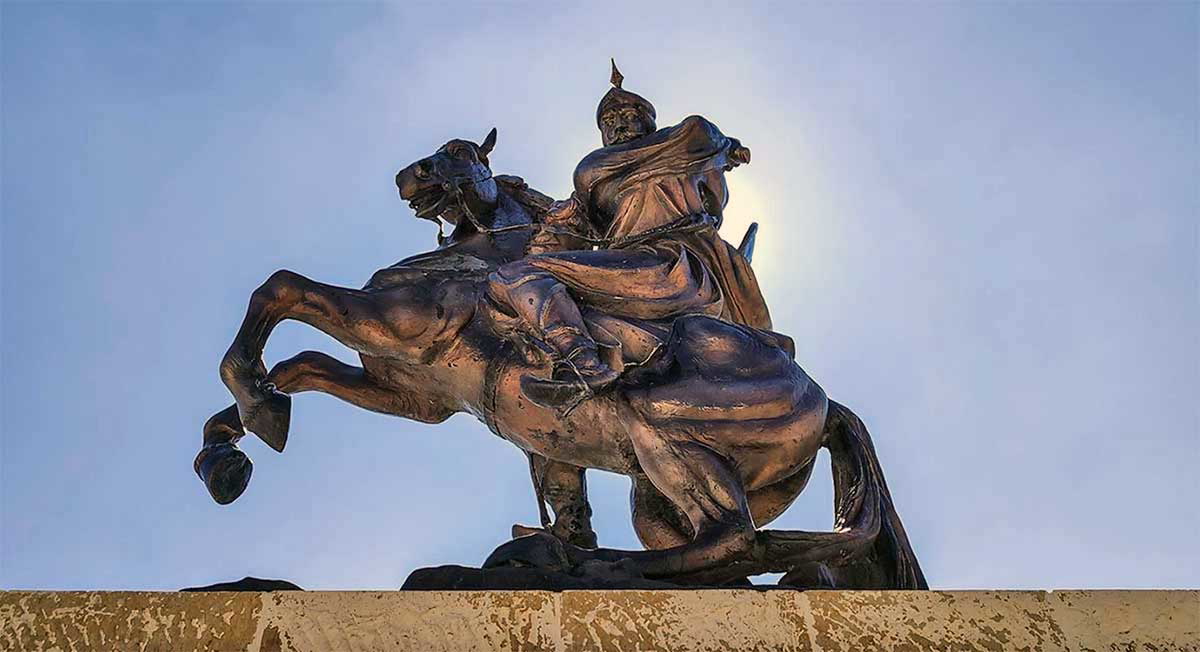
While Richard I was known for his military skill, his diplomatic abilities were important to his victories. Battles and negotiation were important in warfare during the Medieval time period, and Richard I knew that victory could be formed from both the sword as well as the written and spoken word. His relationship with Saladin, the Muslim leader and Sultan of Egypt, was part of this.
After years of battles without any real victory, both sides recognized a stalemate. The crusaders were unable to “take back” Jerusalem. The fight so far from home also was a huge drain on resources for both sides. Richard I was vital in negotiating the Treaty of Ramla in 1192. The Treaty of Ramla was signed by Saladin and Richard I. It allowed the city of Jerusalem to be under Muslim control and for Christians to visit safely on pilgrimages.
How Richard’s Legacy Shaped the Crusading Kingship
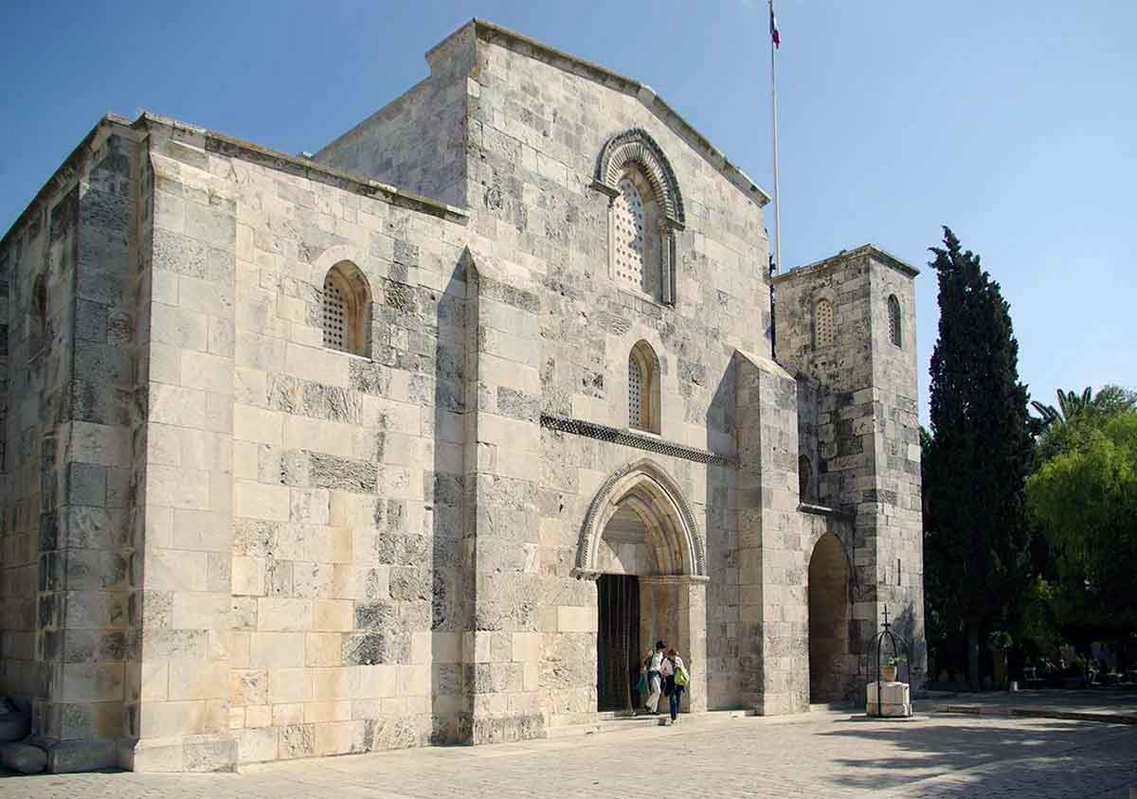
Richard I was far from the only king to go on a crusade. Philip II of France, Frederick Babarossa of Germany and Louis IX of France also led military campaigns. Still, Richard I’s reign redefined what being a crusading king actually meant. While historically kings took place in wars and battles, the interest in keeping the lineage safe and the line unbroken meant it was safer and more important for them to do this from home base.
In contrast, Richard embodied the knightly ideal that we hold from tales like King Arthur and the Knights of the Round Table. He was a warrior-king who led his armies and lived by the chivalry code. His courage and leadership during battle in the Crusade became a model for other kings. His death only made his legend grow exponentially. Chroniclers and poets turned him into a symbol of Christianity, the “righteousness” of the Crusades, and he has since been woven into rich and lavish forms of art and literature.
